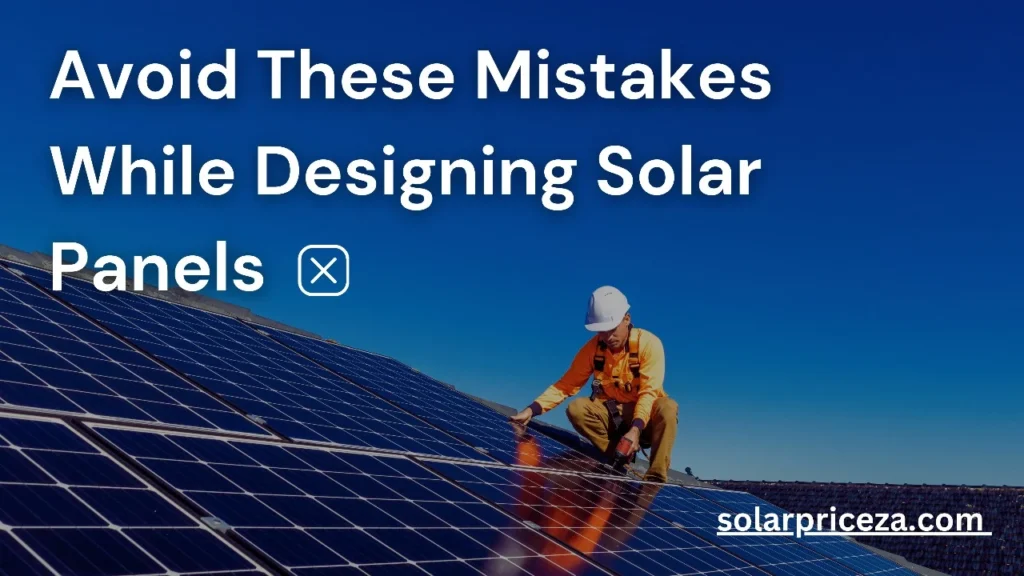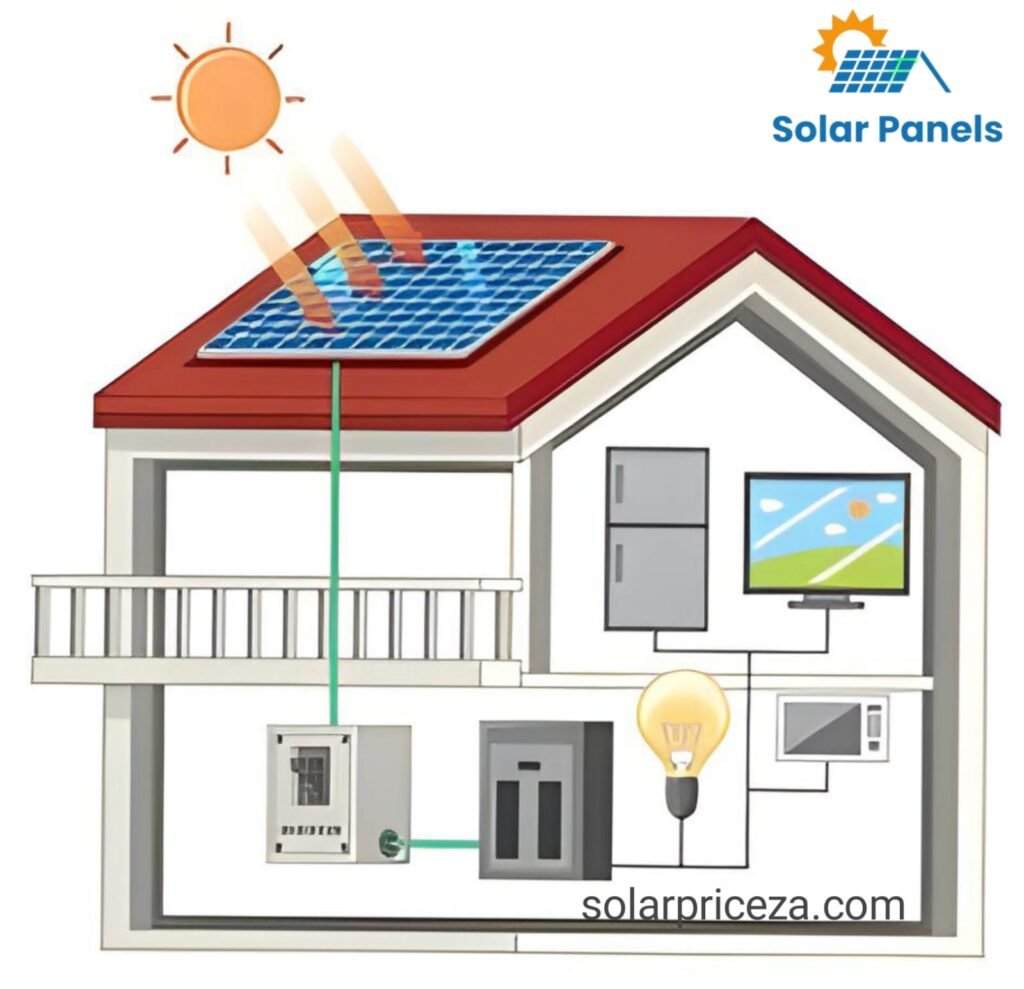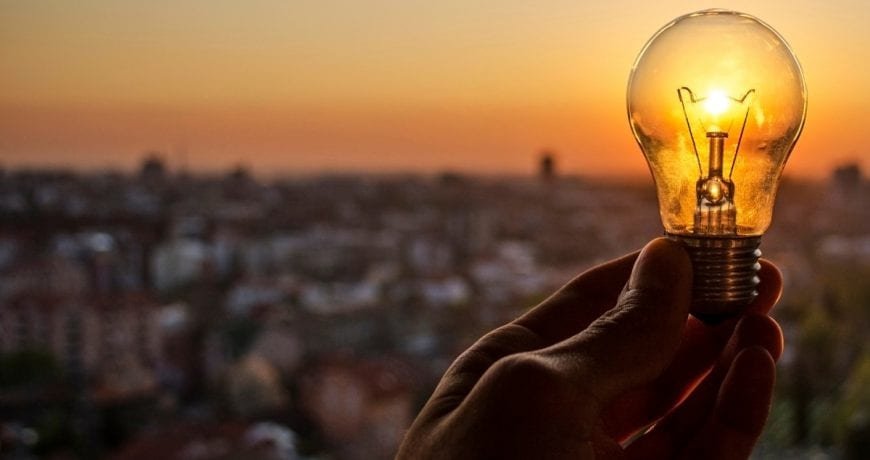Avoid these mistakes while designing solar panels
It is necessary to install solar panel systems to reduce dependence on the National Grid. But there are several things to watch out for when creating your own solar panel. Here are a few additional typical errors to be aware of.

Not checking the framework of your roof
The best option for solar panels is rooftop installations, but they are not always feasible because the weight of the panels may be too much for the roof structure to support. It is crucial to have a professional assess the structure because the weight of a solar installation might increase by up to 25 kg per square meter. Certain types of roofs, such as unbreakable fiber cement, might also be suitable for solar panels. Purchasing a rake might be necessary to prevent drafts on your roof.
Getting the sizing wrong
Before selecting the size of your solar panel collection, you need to determine your energy needs. It’s always helpful to oversize your array because you don’t want to finish the installation just to discover you don’t have enough supply. You will need to consider a few things while determining the size of the solar array system, such as:
- Inverter voltage settings
- Panel direction
- Decline in natural efficiency
An efficient solar system installation requires a careful balancing act and professional understanding.
Choosing the cheapest option
Even though installing a solar array is not cheap, you definitely shouldn’t choose the least expensive solution based only on cost. Like anything else, cheap solar panels are frequently less efficient than more costly models, or you’ll have to replace them sooner, which will increase your overall costs. If you want to take advantage of the energy-saving expenses over an extended period of time, it makes sense to contribute more to the initial cost.
Not understanding off-grid and grid-tied solar options
Not everyone who talks about going “off the grid” does so in reference to off-grid solar power. Because these specific systems aren’t connected to power lines, you’ll need to purchase an expensive battery bank in order to store the energy. You may produce your energy with a grid-tie solar system, and it will store that energy for later use. The greatest option for solar paneling is to use grid-tie if your home is close to power lines.
Incorrect Panel Angels
The angle at which your solar panels are installed is another important consideration in installation that impacts the amount of energy you can store. Location is more important than appearance since you want your panels to get as much sunlight as possible. Your solar panels should be pointing north at a 25 to a 35-degree angle for the best energy generation in South Africa. Furthermore, it is crucial that your solar panels are not positioned in shadowy locations since this will reduce the amount of energy that can be stored.
Choosing to do a DIY Solar Panel Installation
Although many do-it-yourselfers have successfully finished several home tasks, dealing with professionals when installing solar panels is preferable. If you believe you are capable of installing solar panels on your own, you should be able to respond to the following questions:
- How much weight can your roof structure support?
- Which solar panel size will best meet your energy needs?
- Which points of view are ideal for installing solar panels?
- What is the process for wiring the solar panels?
Conclusion:
A solar panel system in South Africa needs to be constructed with certain factors in mind to guarantee maximum performance and lifetime. Common errors, however, might result in worse performance, higher expenses, or even system breakdown. Homeowners and companies can maximize their solar energy spending by steering clear of these mistakes.
Without question, installing solar panels is a very smart investment given the rising costs of energy, the reliability of the national supply, and the adverse effects on the environment. But, if you want to profit from this investment for many years to come, it must be done correctly from the start.
FAQ’s:
- Placement of the house and roof slope.
- The property’s or home’s energy requirements.
- The company that is contracting.
- The ability of solar power systems.
- The project’s expected duration.
- The installation cost.
When choosing solar panels, factors including cost versus quality, efficiency, durability, and warranty coverage must be taken into account. Over time, higher efficiency panels guarantee superior energy output and a strong warranty safeguards your investment.
In order to ensure that the system can withstand strong winds, the design comprises determining the most cost-effective component placement, orientation, and tilt angle for the panels, as well as conducting a wind study.Avoid these mistakes while designing solar panels.


